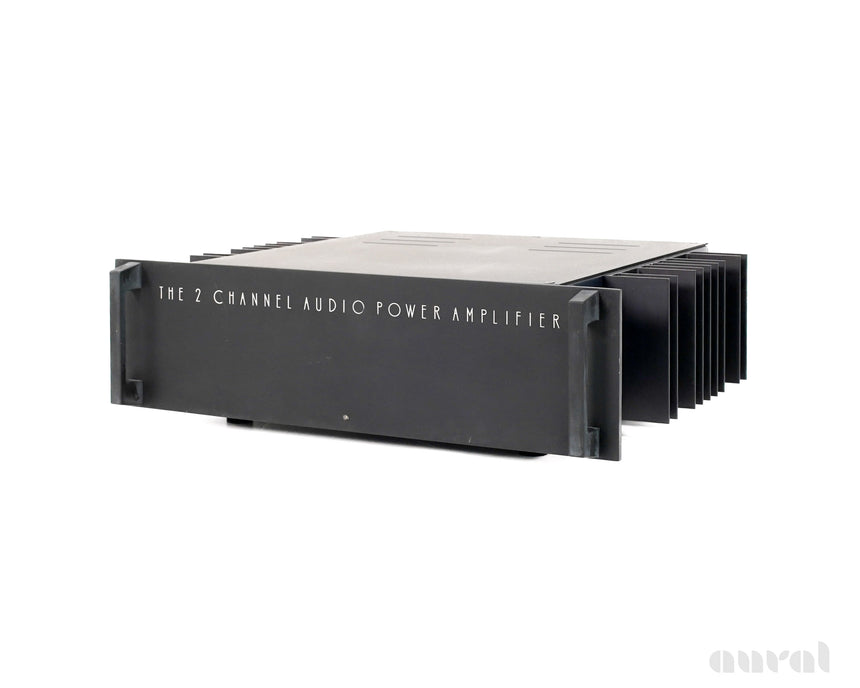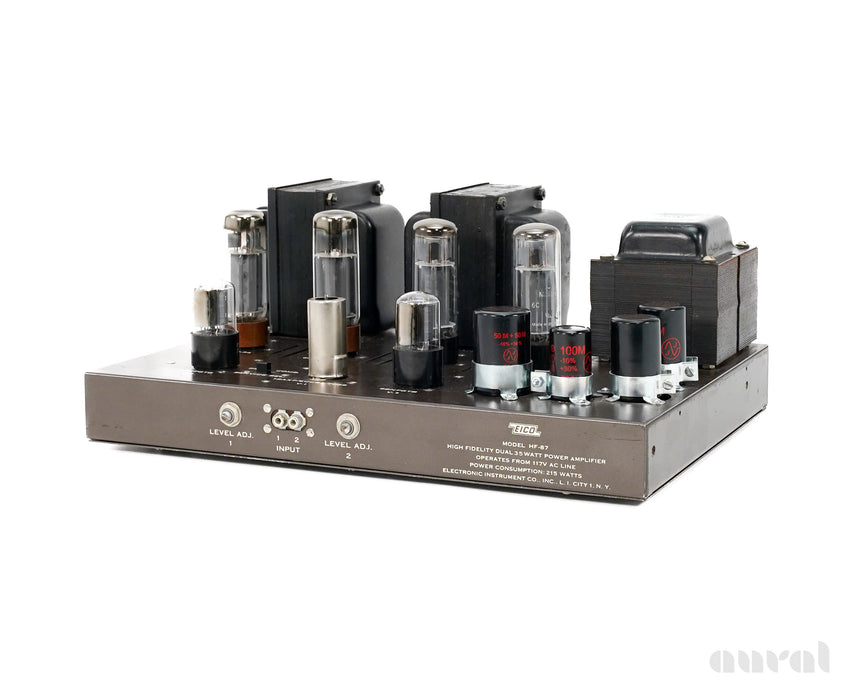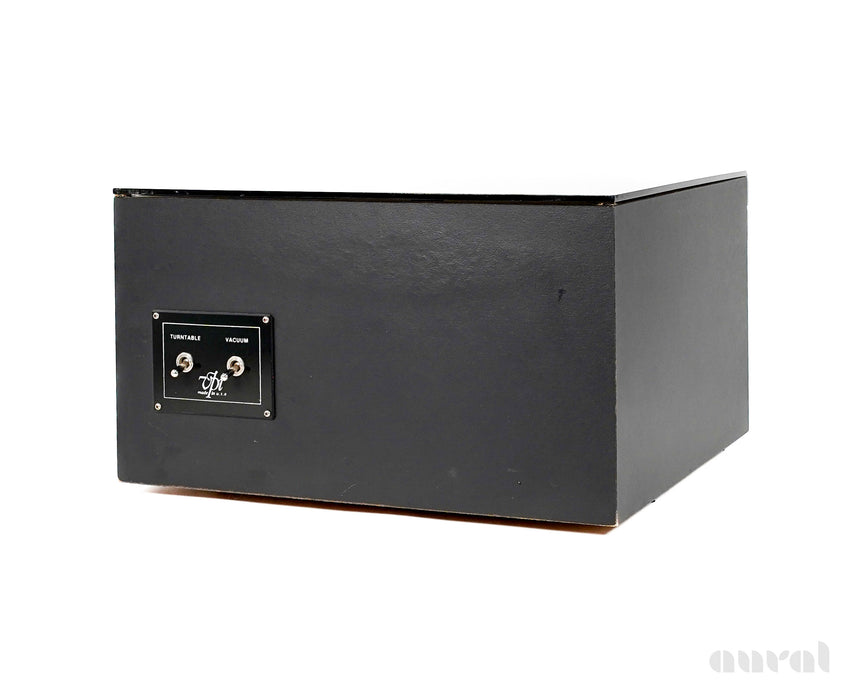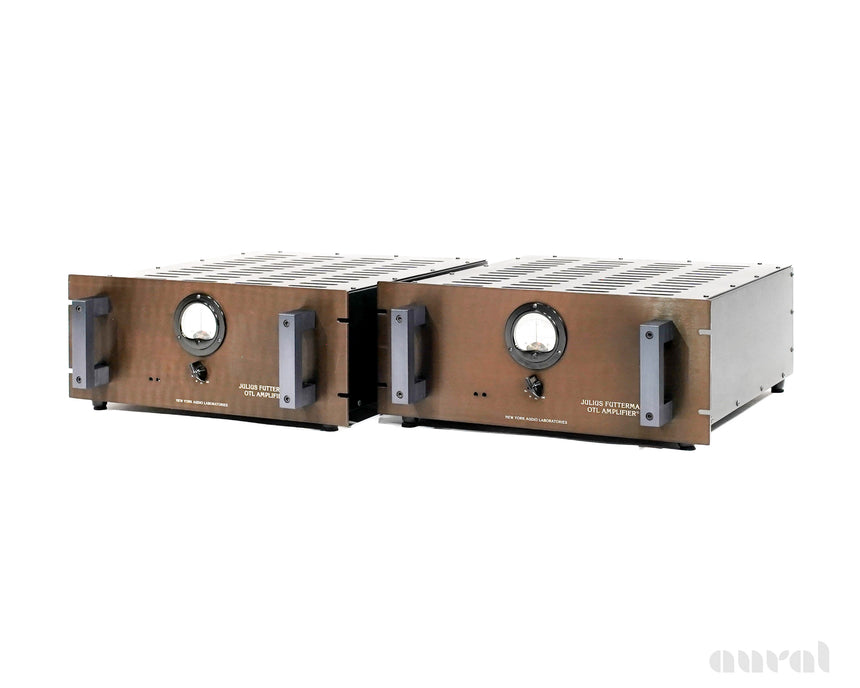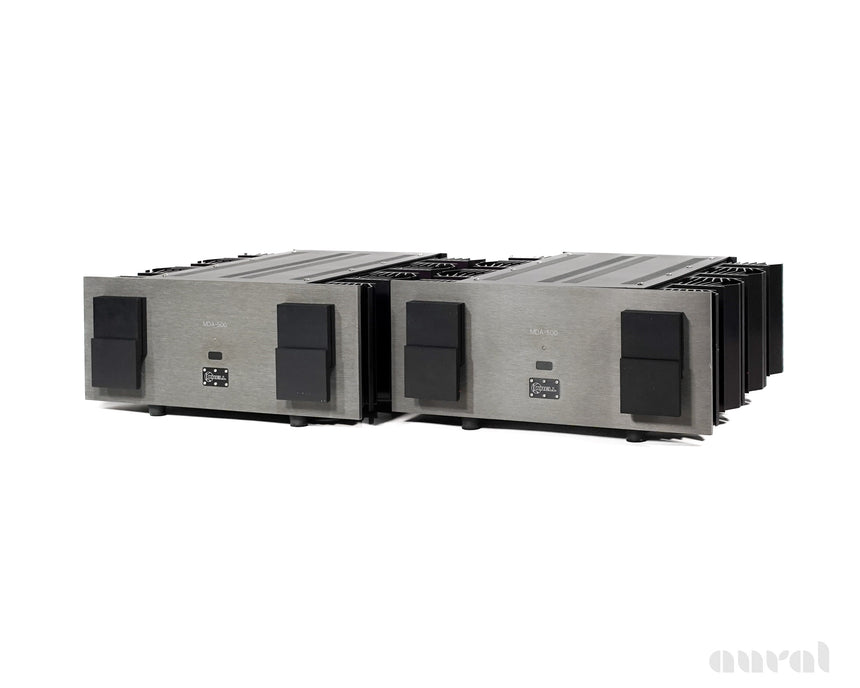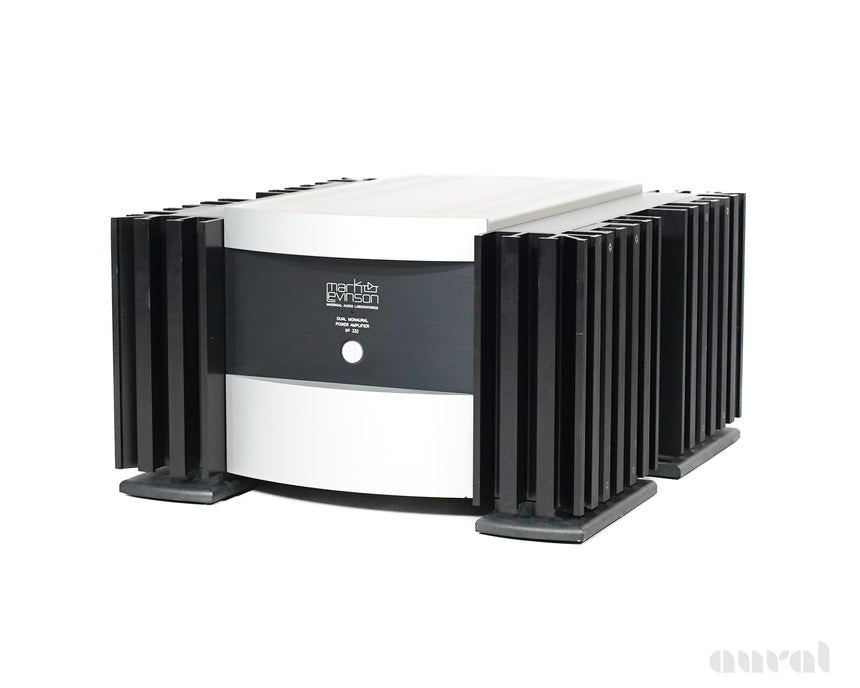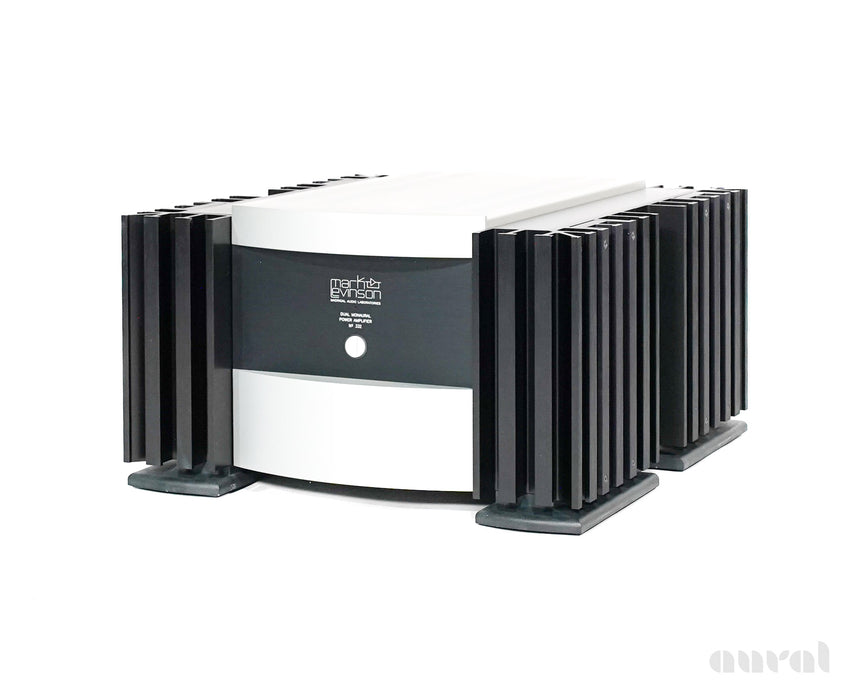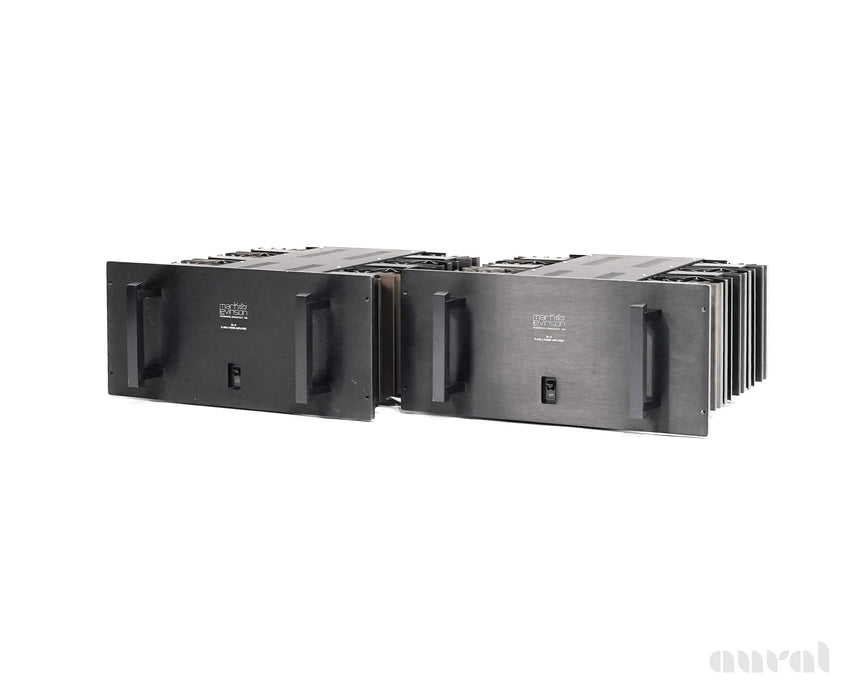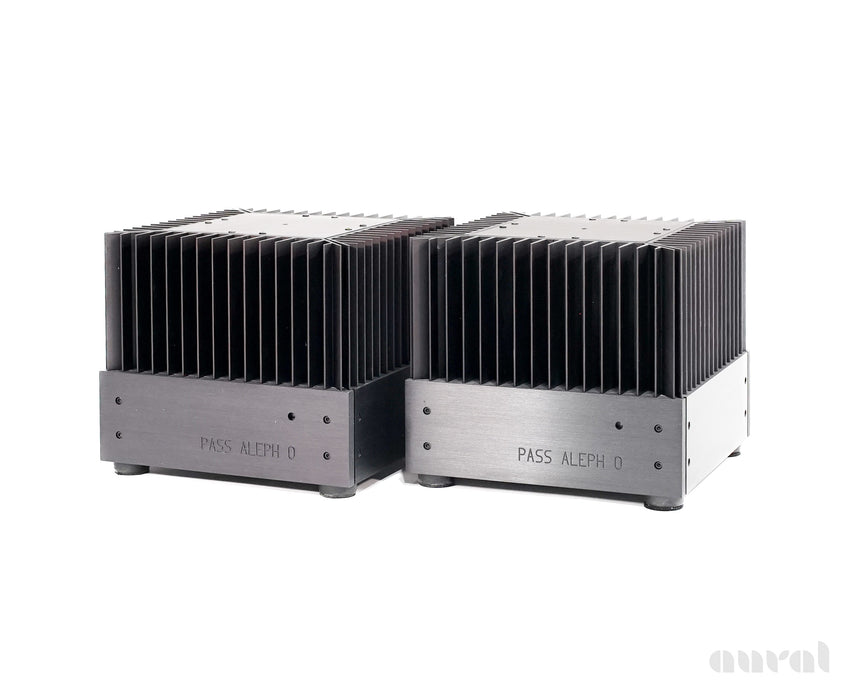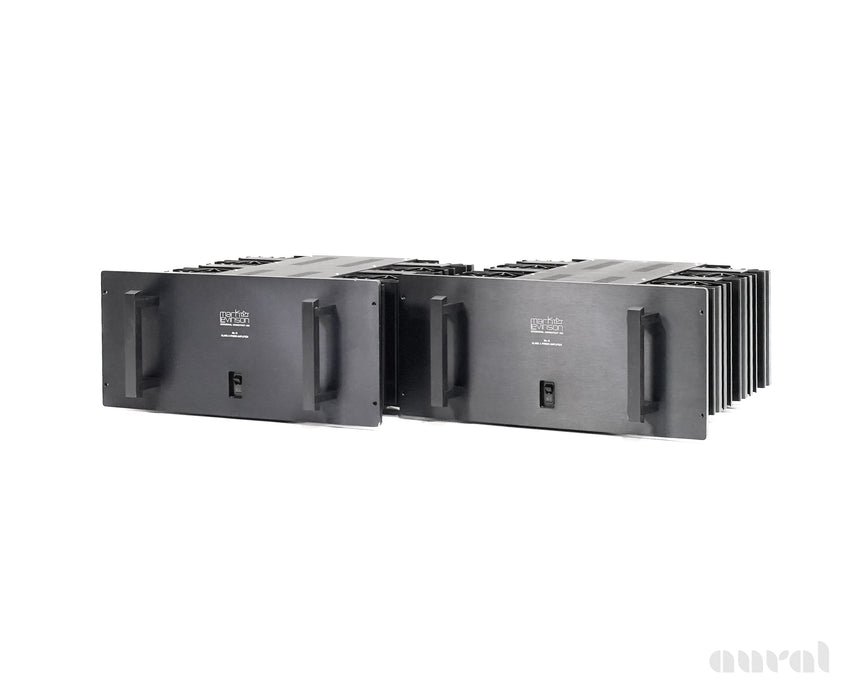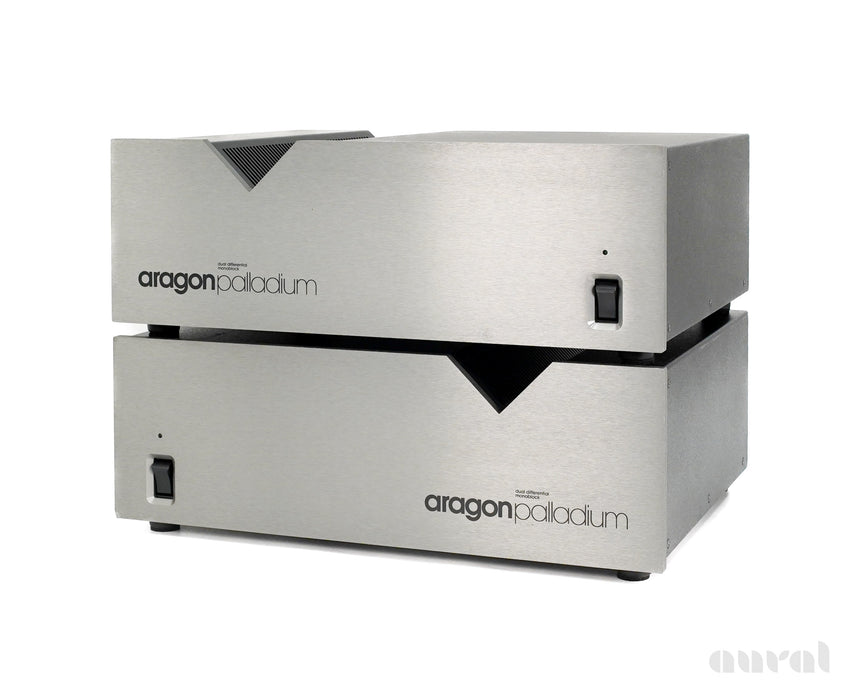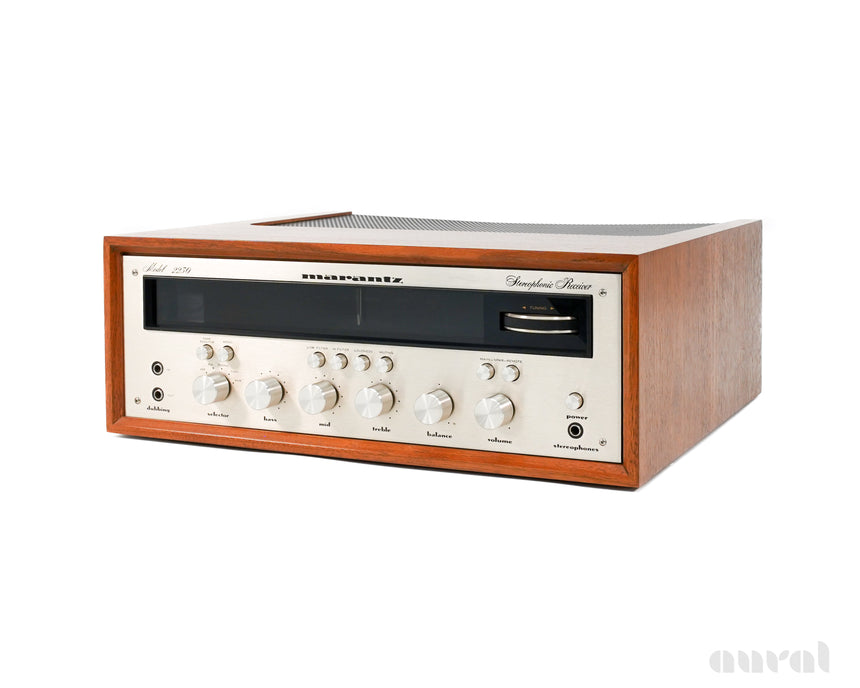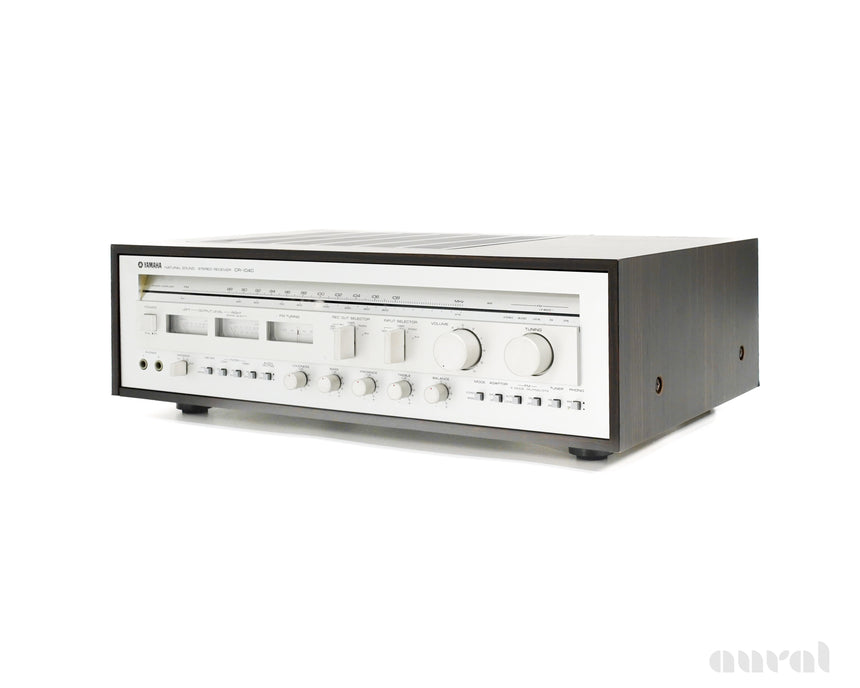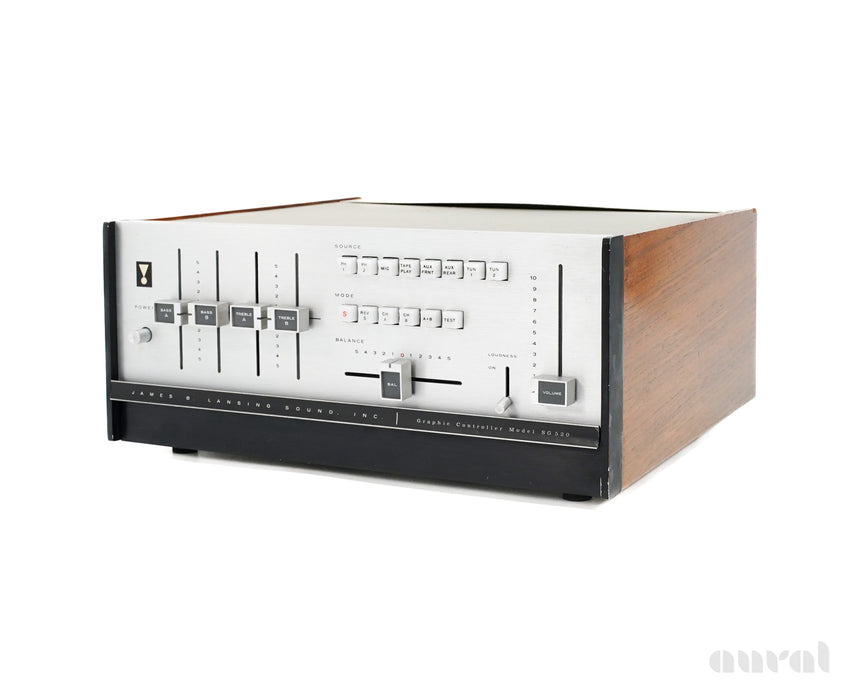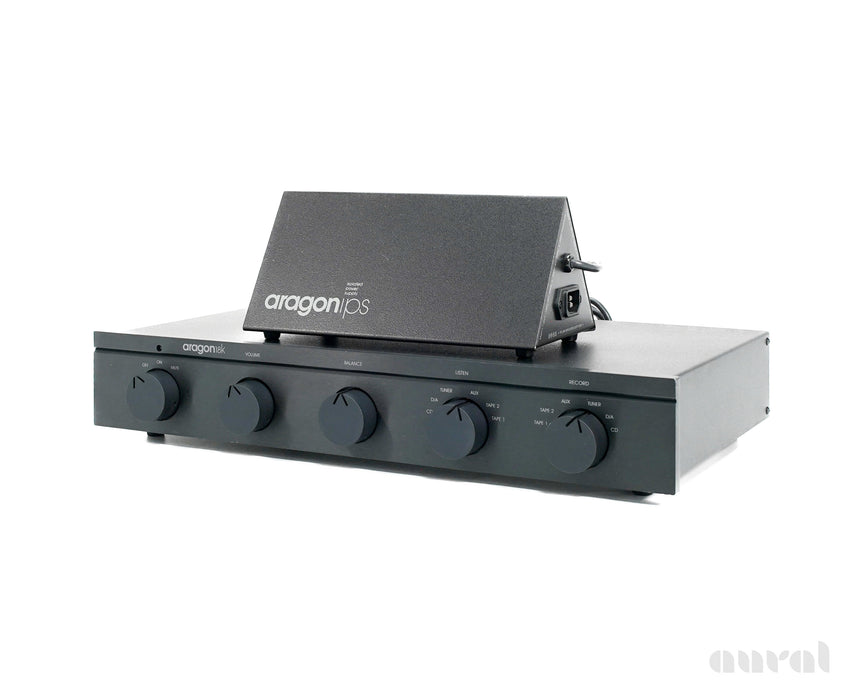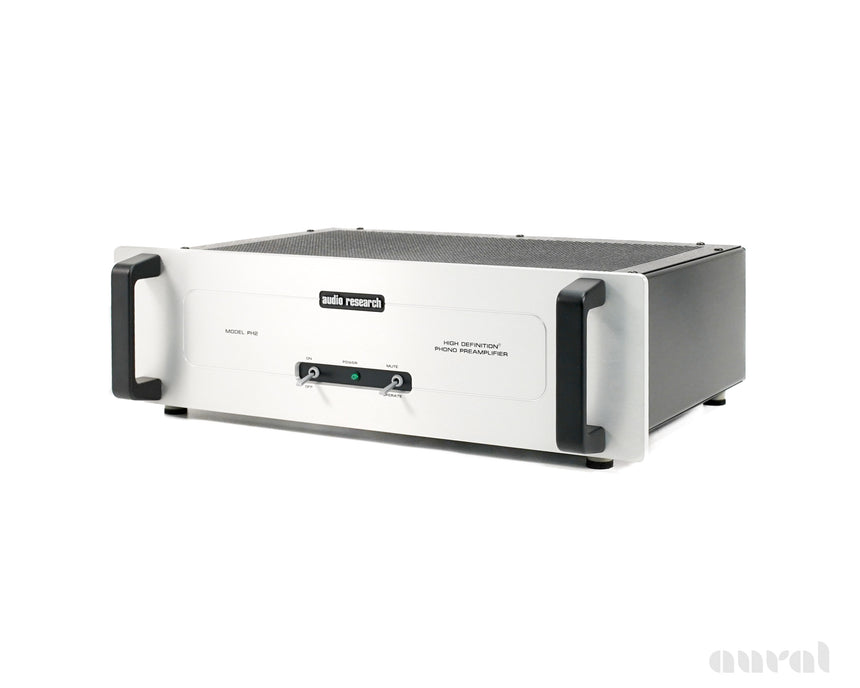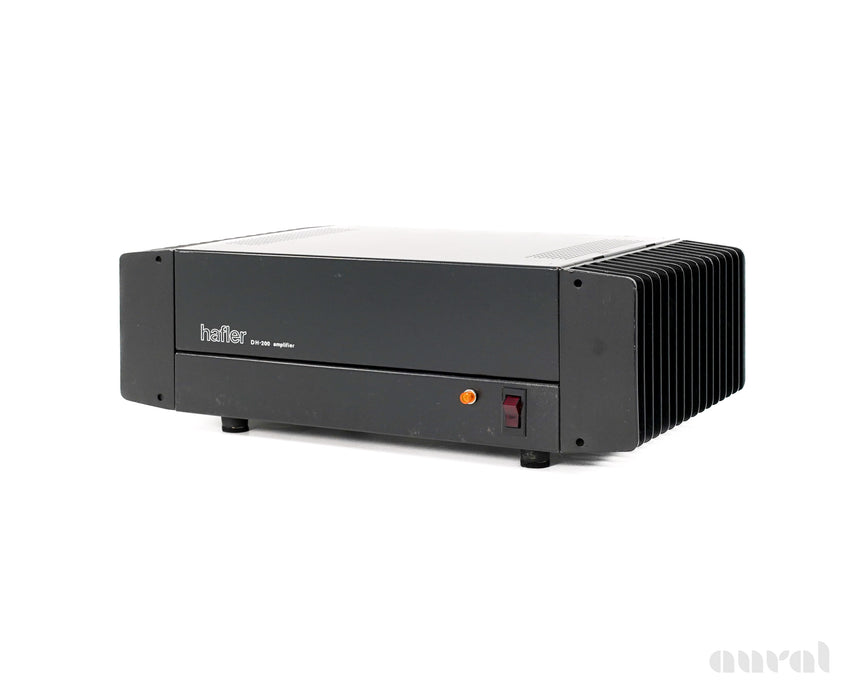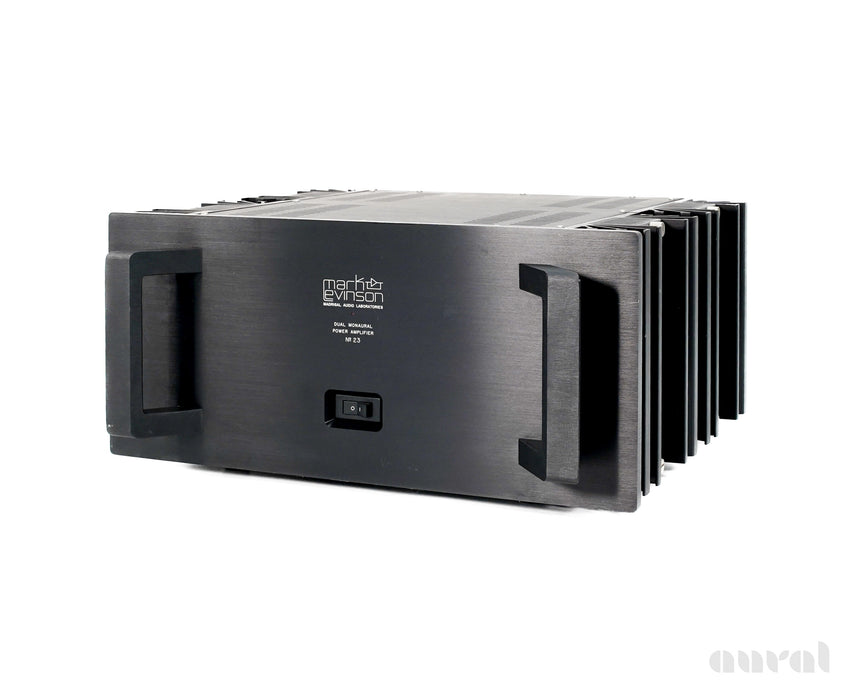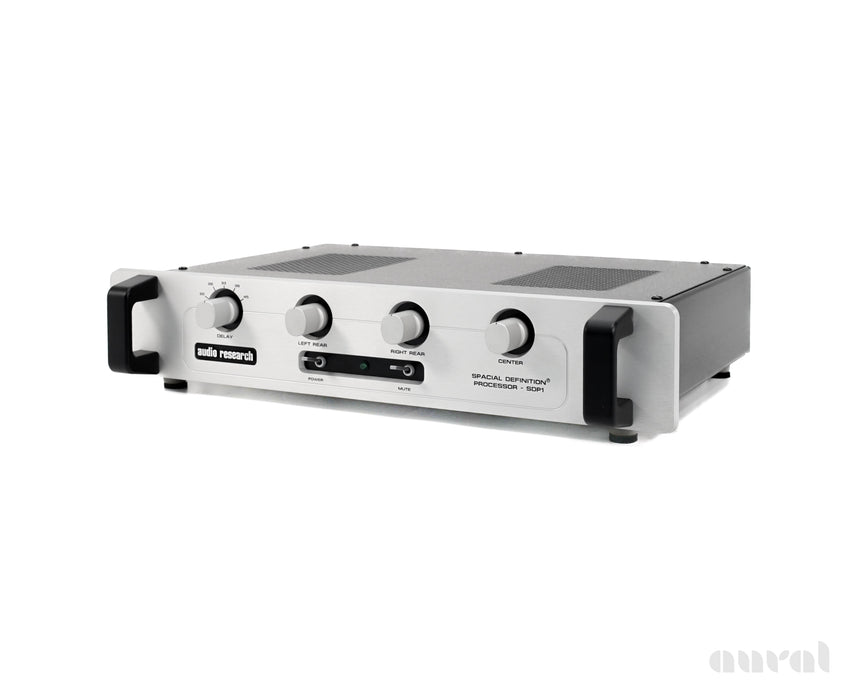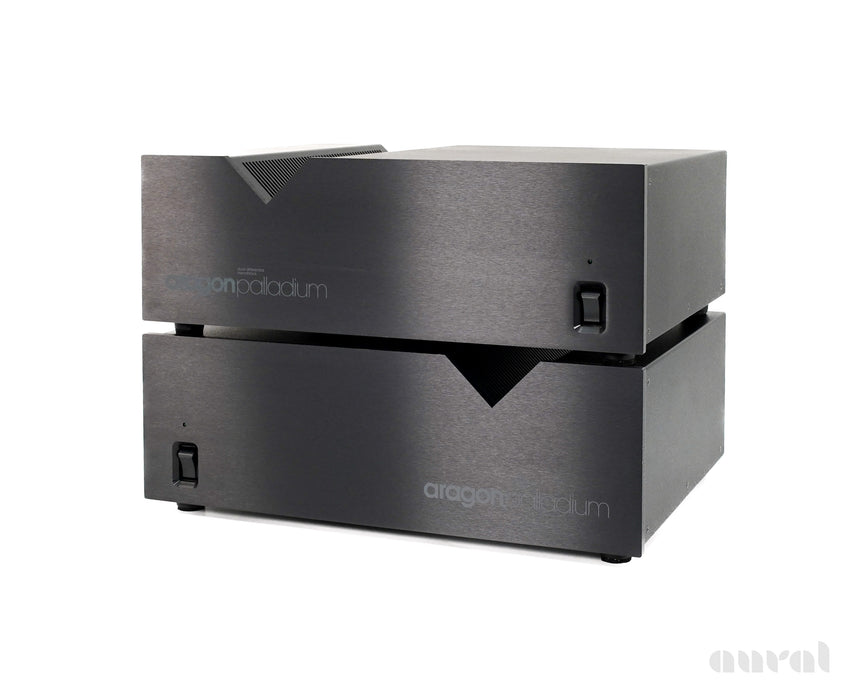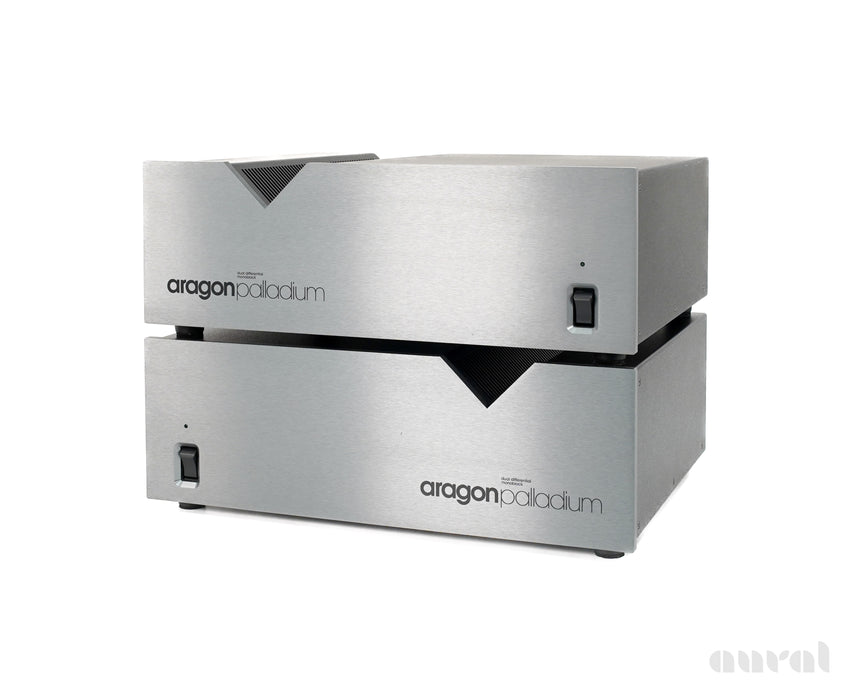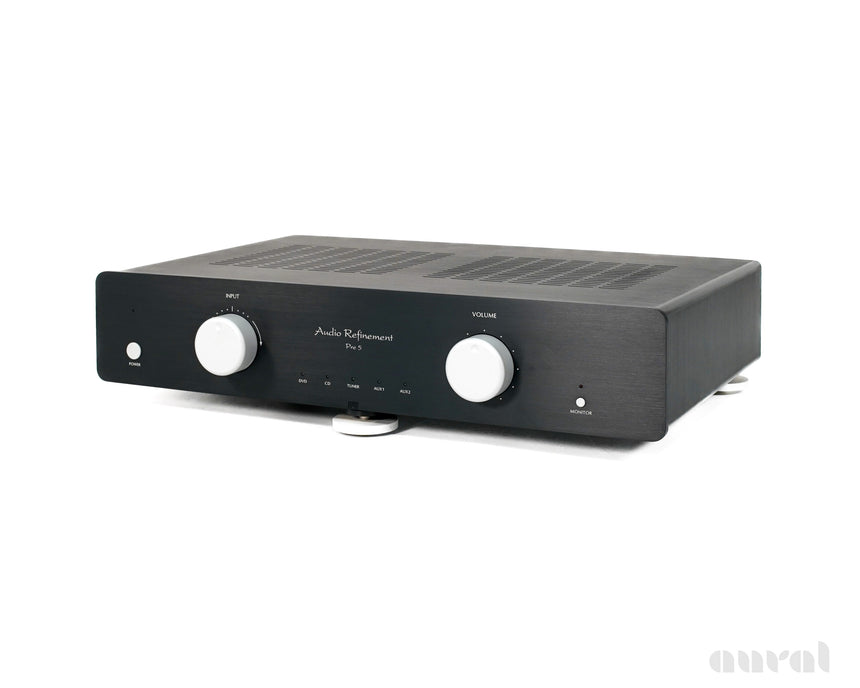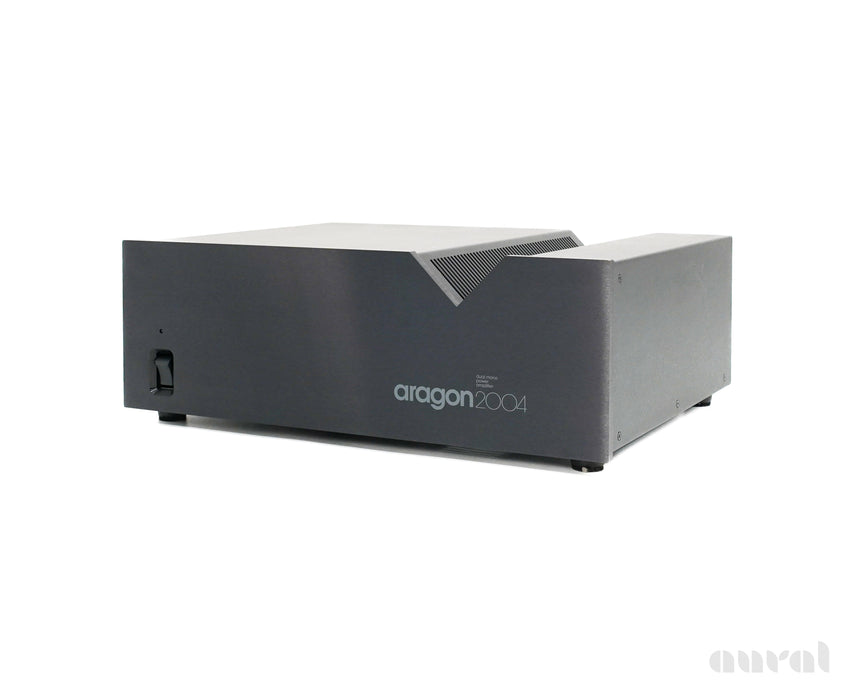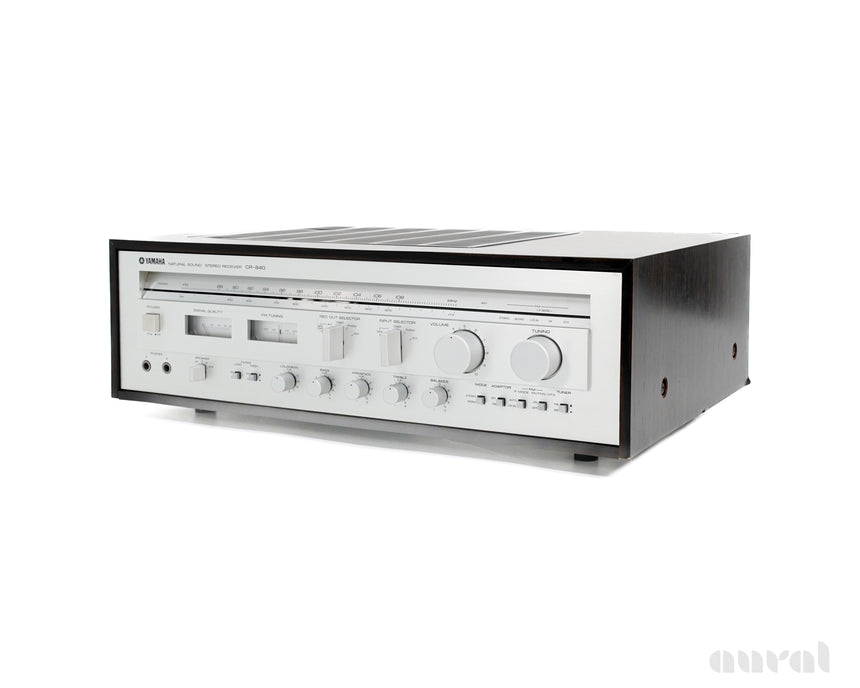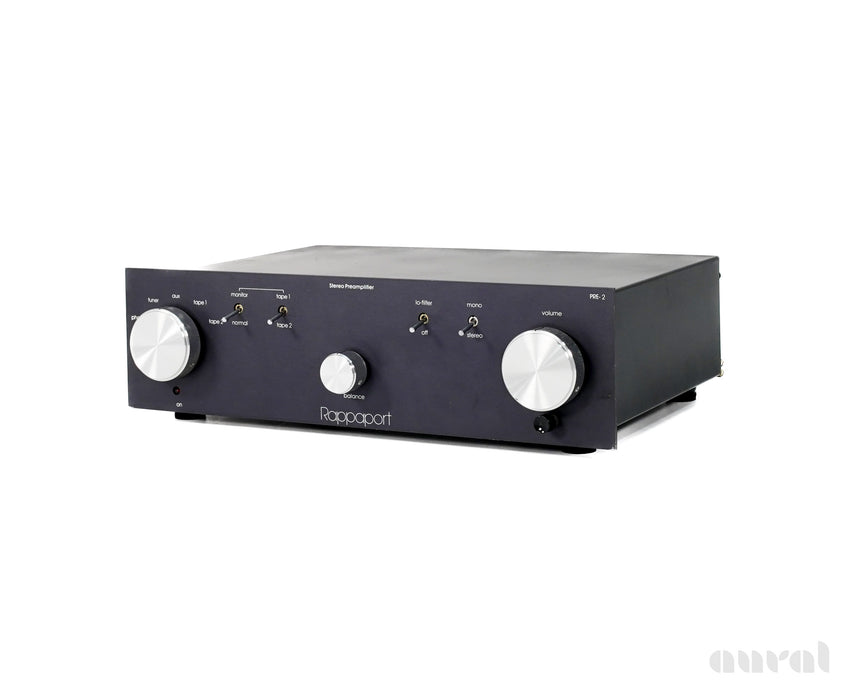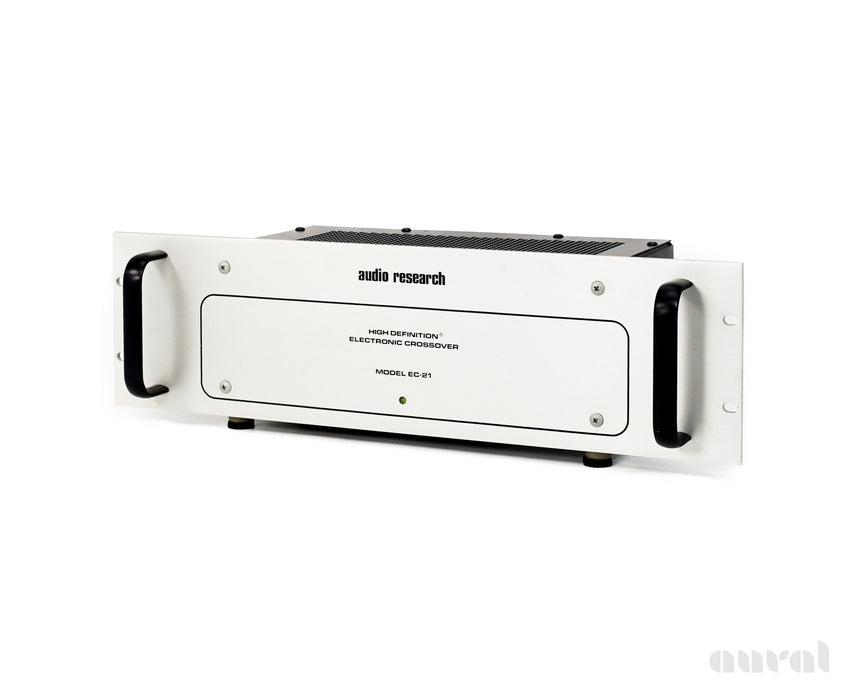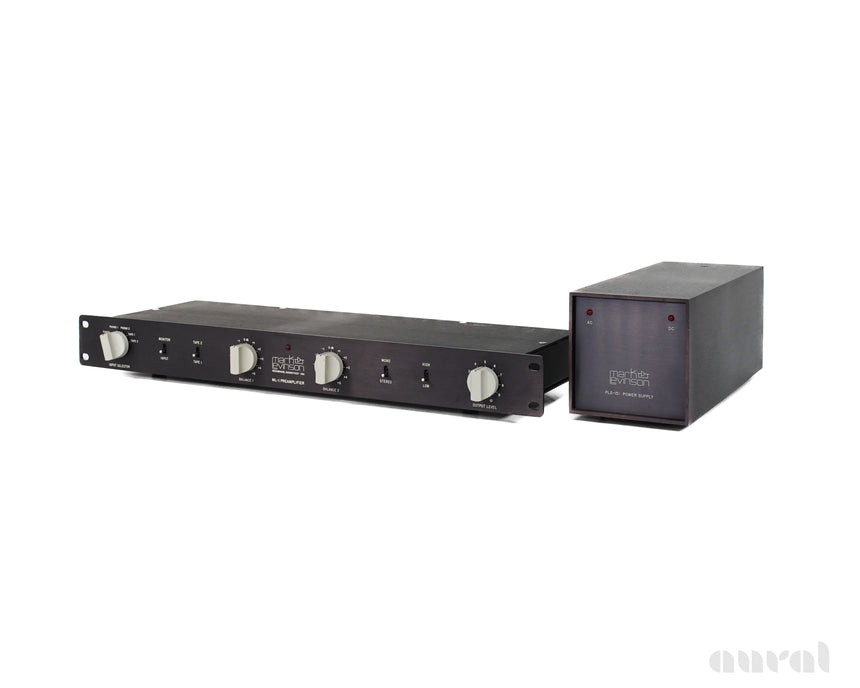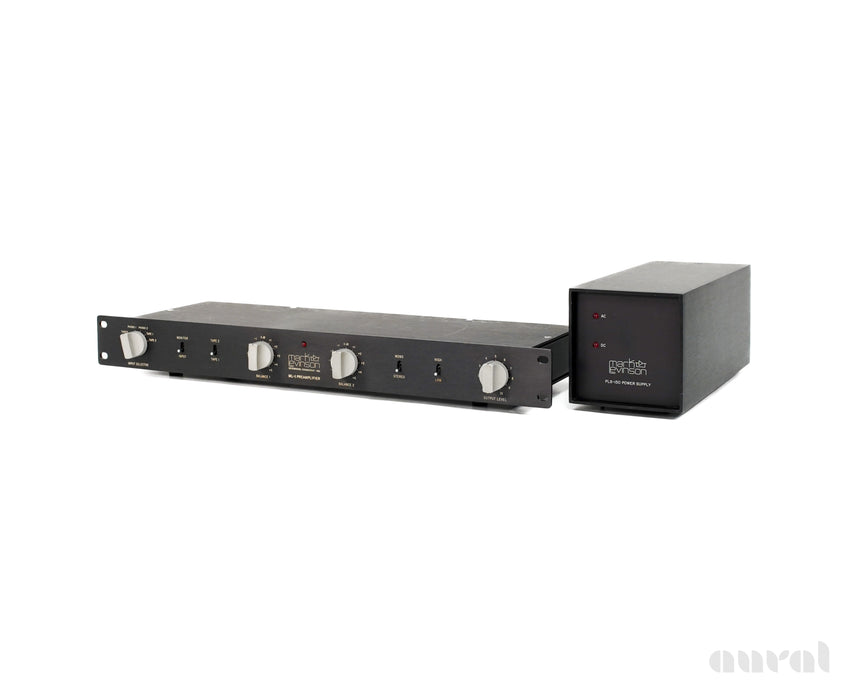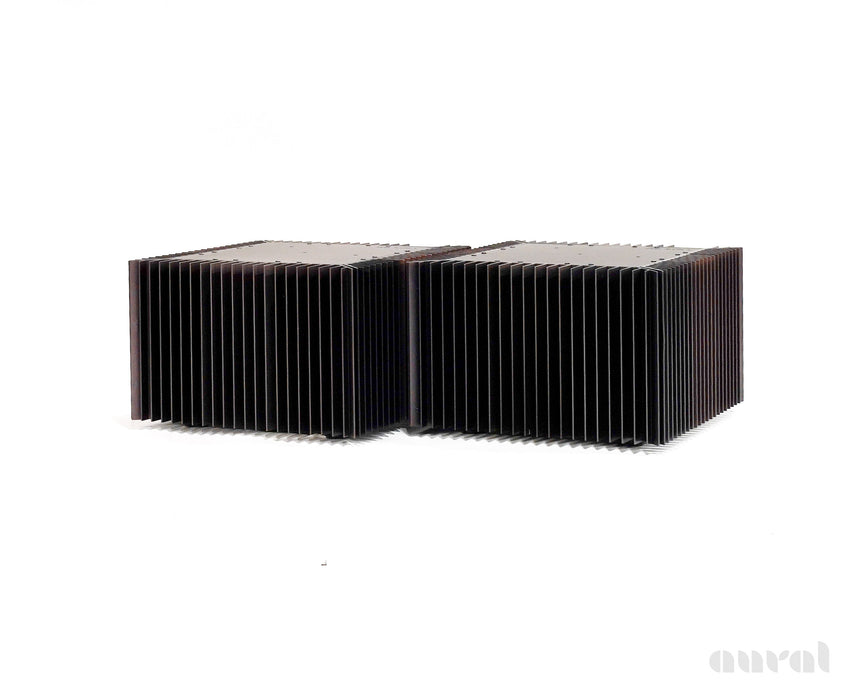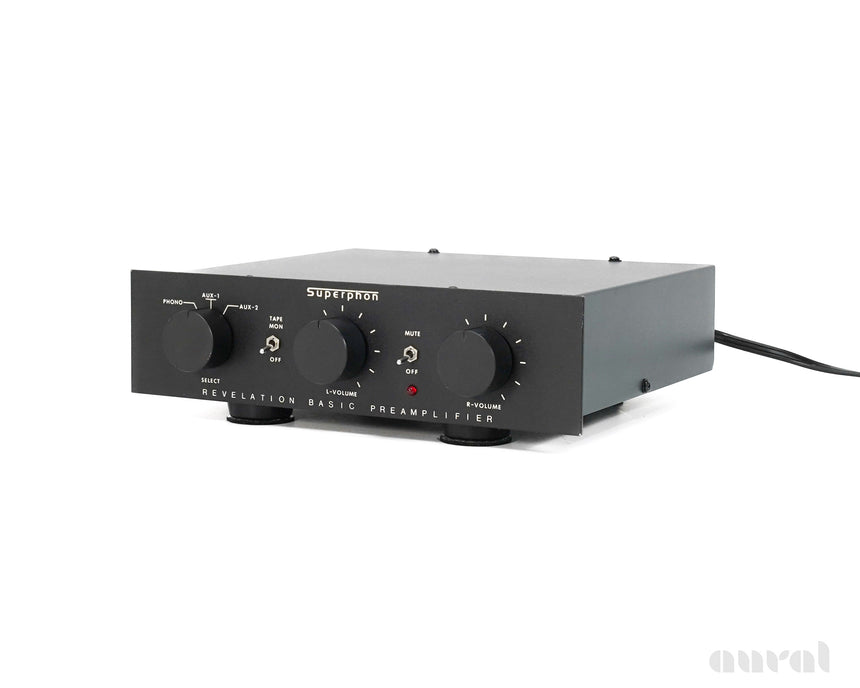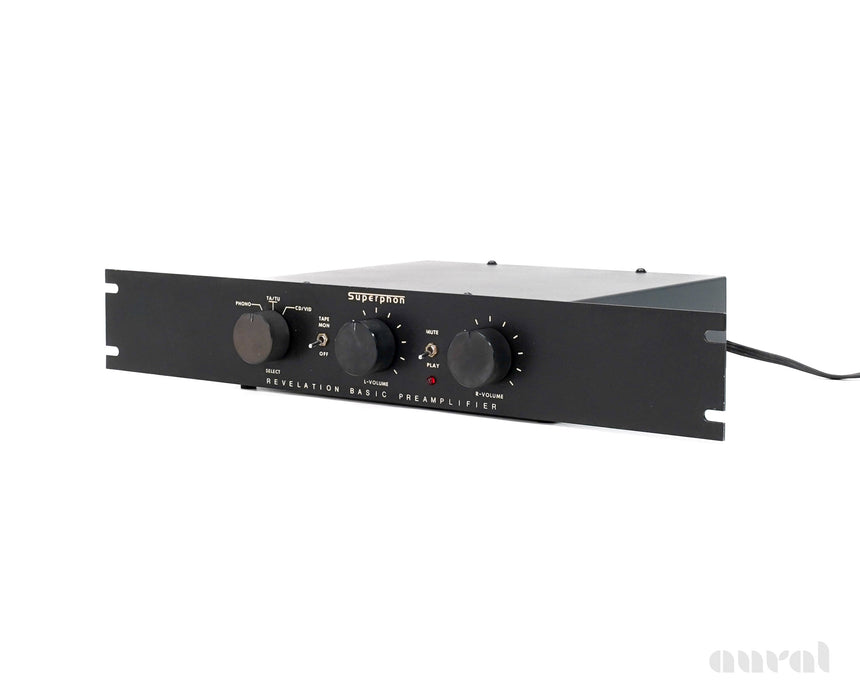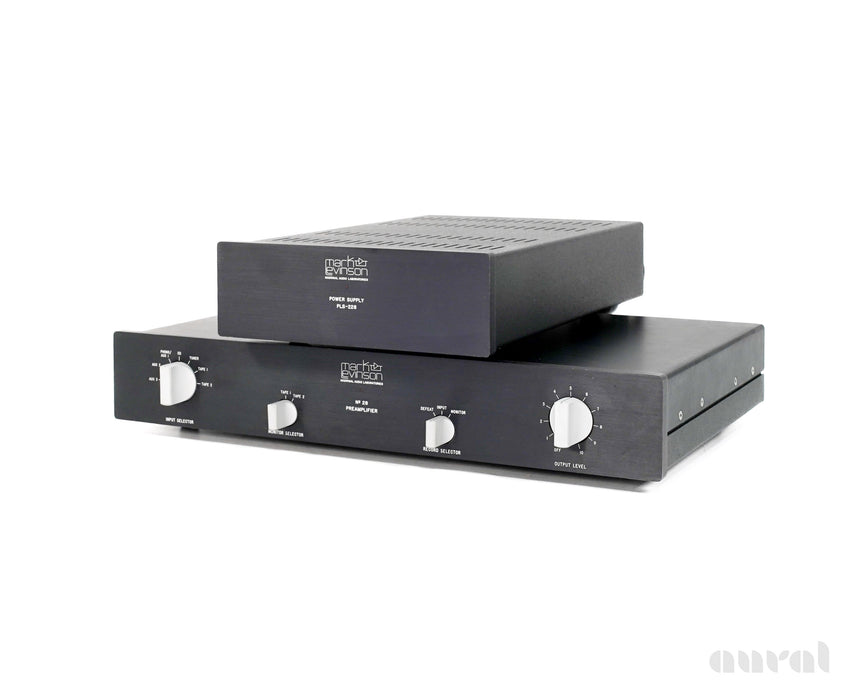The Electrocompaniet 2 Channel Audio Power Amplifier, affectionately known as "The 2 Channel," is a legendary piece in the hi-fi world. Born in the 1970s from the innovative minds of Norwegian designers Per Abrahamsen and Svein Erik Børja, this amplifier was crafted to challenge the audio norms of its time. By incorporating Dr. Matti Otala's groundbreaking research on transient intermodulation distortion (TIM), Electrocompaniet delivered an amplifier that not only looked sleek but also offered unparalleled sound clarity.
- Production
- 1977
- Condition
- 8/10
- Serial No.
- 166
- Restoration
- Passes factory spec: <0.01% THD @ 12.5W, <0.02% @ 25W
- 25W into 8 ohm; 40W into 4 ohm
- Factory Specs
OUTPUT POWER 25W / 8 ohm - 40W / 4 ohm
DAMPING FACTOR 160 [8 ohm]
INPUT IMPEDANCE 1Kohm
SLOW RATE 125V/ms
FREQUENCY RESPONSE 1W / 8 ohm DC-1MHZ THD 0.01% 12.5W TIM 0.03% 12.5W S / N 100dB
- Designer
- Tom Holman
- Liner Notes
- With only 25W power per channel, this amplifier is an extremely interesting for many, and implements a number of technological solutions will be difficult to find in many other amps, regardless of validity. The construction of the circuit part o J. Lostroh, and Prof. Mati Otala, which is the first word on transient deformation, known as T.I.M (Transient Intermodulation Distortion). Looking at the circuit of the amplifier, we see that is divided into four stages. The first three are the driving device, consisting of differential amplifiers (in public housing, matched for common characteristics and thermal changes) and power mirror assemblies and the fourth stage output, which is a classic darligton additional symmetry. The first differential Q1, used BCY87 (Philips), a metal casing. The input impedance R1 of the amplifier is very low 1.8K, for standards that exist and the prices are between 47K-100K. The first two differential amplifiers are supplied from current sources Q2 and Q3 ZTX384 (Ferranti). At the base of Q1 applied negative feedback through R18, R2, R4. Is there a compensation circuit (positive feedback, which acts as a high-cut filter), formed by R5 and C2. The second differential Q4-BCY89 (Philips), is the trimmer TR1, which regulate the balance of currents Q2, thus minimizing the presence of voltage at the output of the amplifier. The currents flowing through the first two differential estimated at about 0.2mA to 0.4mA for the first and second. To form a third differential in the Q5-Q6, powered by the current mirror Q8-Q9. The transistors Q8-9 are acting as active loads and collector operation increases the speed and linearity of the stage, while balancing the currents the two arms of the differential amplifier and ensure thermal equilibrium, all mounted on brushes. The Q7 and TR2, regulate the polarization of the output stage (quiescent current), while ensuring thermal equilibrium (temperature sensor) located on the same heatsink with the output transistors. The output stage is a complementary pair Darligton, per side. All output transistors have a plastic shell and relatively low voltages and currents of operation (60W, 60V, 8A), thus very linear, because of these characteristics. The diodes D4-5 antiilektregertikes forces protect the speakers. The sections are located in areas with dotted lines are placed on brushes. Another point of amplifier that makes it different is the power and how careful they are. So the driver stage is supplied with symmetrical voltages +19 V and-44V is stabilized and the final stage of + /-26V, which is not stabilized. This separation improves audio quality by reducing intermodulation and allepidrasi of stages. The amplifier low power although they may be bridged to give us four times the power, making him a very good choice. [Source: Sound 9/79-th. Spinoulas]. Part
- Packing
- Prepare to be impressed. We have arguably the best packing process around. We use our InstaPak machine and white open cell foam to build a custom enclosure for your piece that ensures that it's stable and secure. If it is particularly fragile or heavy, we typically opt for private courier delivery. Depending on where you are in the country, that may cost a bit extra.
- Shipping
- This piece ships to the contiguous United States for a flat rate of $100, which includes our packaging and our insurance. Of course, we'll ship anywhere in the world, just drop us a line and we'll give you an estimate – even if you're just curious.
- Stock No.
- 8963451257053
The Electrocompaniet 2 Channel Audio Power Amplifier, affectionately known as "The 2 Channel," is a legendary piece in the hi-fi world. Born in the 1970s from the innovative minds of Norwegian designers Per Abrahamsen and Svein Erik Børja, this amplifier was crafted to challenge the audio norms of its time. By incorporating Dr. Matti Otala's groundbreaking research on transient intermodulation distortion (TIM), Electrocompaniet delivered an amplifier that not only looked sleek but also offered unparalleled sound clarity.
Production
1977
Condition
8/10
Serial No.
166
Restoration
- Passes factory spec: <0.01% THD @ 12.5W, <0.02% @ 25W
- 25W into 8 ohm; 40W into 4 ohm
Factory Specs
OUTPUT POWER 25W / 8 ohm - 40W / 4 ohm
DAMPING FACTOR 160 [8 ohm]
INPUT IMPEDANCE 1Kohm
SLOW RATE 125V/ms
FREQUENCY RESPONSE 1W / 8 ohm DC-1MHZ THD 0.01% 12.5W TIM 0.03% 12.5W S / N 100dB
Designer
Tom Holman
Liner Notes
With only 25W power per channel, this amplifier is an extremely interesting for many, and implements a number of technological solutions will be difficult to find in many other amps, regardless of validity. The construction of the circuit part o J. Lostroh, and Prof. Mati Otala, which is the first word on transient deformation, known as T.I.M (Transient Intermodulation Distortion). Looking at the circuit of the amplifier, we see that is divided into four stages. The first three are the driving device, consisting of differential amplifiers (in public housing, matched for common characteristics and thermal changes) and power mirror assemblies and the fourth stage output, which is a classic darligton additional symmetry. The first differential Q1, used BCY87 (Philips), a metal casing. The input impedance R1 of the amplifier is very low 1.8K, for standards that exist and the prices are between 47K-100K. The first two differential amplifiers are supplied from current sources Q2 and Q3 ZTX384 (Ferranti). At the base of Q1 applied negative feedback through R18, R2, R4. Is there a compensation circuit (positive feedback, which acts as a high-cut filter), formed by R5 and C2. The second differential Q4-BCY89 (Philips), is the trimmer TR1, which regulate the balance of currents Q2, thus minimizing the presence of voltage at the output of the amplifier. The currents flowing through the first two differential estimated at about 0.2mA to 0.4mA for the first and second. To form a third differential in the Q5-Q6, powered by the current mirror Q8-Q9. The transistors Q8-9 are acting as active loads and collector operation increases the speed and linearity of the stage, while balancing the currents the two arms of the differential amplifier and ensure thermal equilibrium, all mounted on brushes. The Q7 and TR2, regulate the polarization of the output stage (quiescent current), while ensuring thermal equilibrium (temperature sensor) located on the same heatsink with the output transistors. The output stage is a complementary pair Darligton, per side. All output transistors have a plastic shell and relatively low voltages and currents of operation (60W, 60V, 8A), thus very linear, because of these characteristics. The diodes D4-5 antiilektregertikes forces protect the speakers. The sections are located in areas with dotted lines are placed on brushes. Another point of amplifier that makes it different is the power and how careful they are. So the driver stage is supplied with symmetrical voltages +19 V and-44V is stabilized and the final stage of + /-26V, which is not stabilized. This separation improves audio quality by reducing intermodulation and allepidrasi of stages. The amplifier low power although they may be bridged to give us four times the power, making him a very good choice. [Source: Sound 9/79-th. Spinoulas]. Part
Packing
Prepare to be impressed. We have arguably the best packing process around. We use our InstaPak machine and white open cell foam to build a custom enclosure for your piece that ensures that it's stable and secure. If it is particularly fragile or heavy, we typically opt for private courier delivery. Depending on where you are in the country, that may cost a bit extra.
Shipping
This piece ships to the contiguous United States for a flat rate of $100, which includes our packaging and our insurance. Of course, we'll ship anywhere in the world, just drop us a line and we'll give you an estimate – even if you're just curious.
Stock No.
8963451257053
